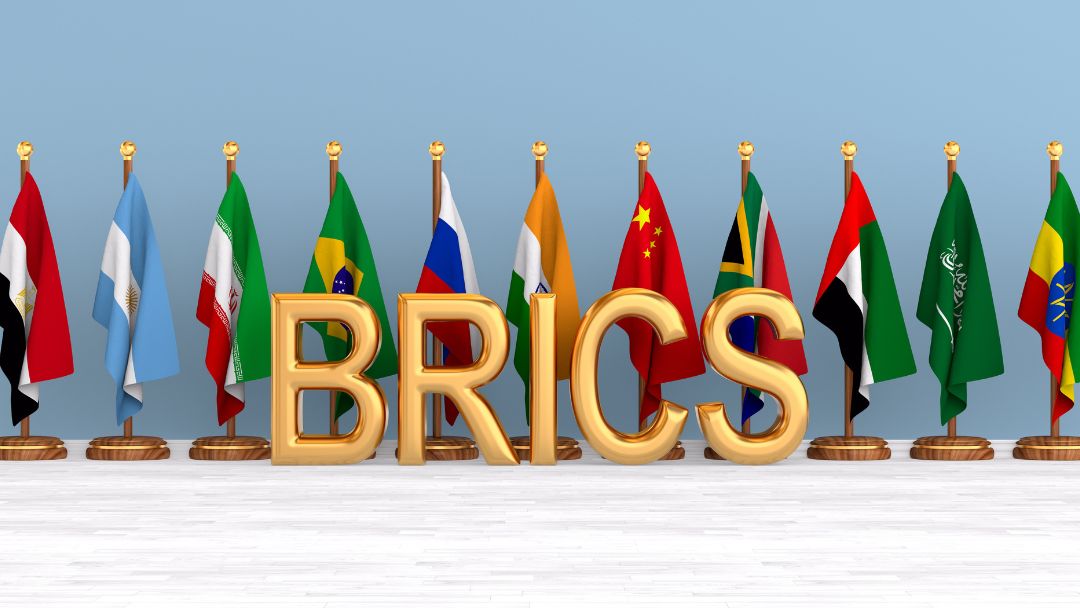Ever tried balancing a durian on a bamboo stick while riding a motorbike through Jakarta traffic? That’s basically Bank Indonesia (BI) right now. In 2025, the central bank is not just dealing with domestic demands, but also the shockwaves from a jittery global economy. With the rupiah under pressure, GDP growth limping, and external headwinds blowing strong, BI is playing one of its most critical roles yet. So, how does a central bank in a developing country keep its cool? Let’s break it down.
What Even Is Monetary Policy, and Why Should We Care?
Monetary policy, in simple Gen Z terms, is how a central bank (BI, in this case) controls the money vibes—through stuff like interest rates and money supply. It’s basically the DJ of the economy: set the right tempo (rate), and the party’s lit. Mess it up? Recession playlist incoming.
For countries like Indonesia, where economic shocks hit harder, a strong monetary policy is non-negotiable. As Mishkin (2007) notes in The Economics of Money, Banking, and Financial Markets, developing economies need credible and flexible policy tools to handle volatility. Indonesia’s adoption of the Inflation Targeting Framework (ITF) in 2005, for example, was a milestone. BI focuses on keeping inflation low and expectations anchored, which helps create economic stability even when the world is spinning.
As Ben Bernanke explains in Inflation Targeting: Lessons from the International Experience (1999), emerging markets must anchor inflation expectations to avoid currency meltdowns and capital flight.
Slow Growth: Not Always Our Fault
Let’s be real. Indonesia’s GDP growth is projected at 5.1% for 2025 (World Bank, 2023), down from pre-pandemic averages. The culprit? Global pressures.
- Fed rate hikes: Higher U.S. rates suck capital from emerging markets (the “dollar dominance” effect, per Hélène Rey’s 2015 BIS paper).
- Terms of trade shocks: Falling coal prices (Indonesia’s top export) due to China’s slowdown (IMF, World Economic Outlook, October 2023).
According to the Global Spillover Effect theory, these external events transmit economic stress across borders (IMF, 2023).
We’re also stuck in the whole Decoupling vs Interdependence dilemma. Some argue emerging markets can decouple from the West, but reality bites: our exports, FDI, and even tourism are still heavily tied to global big players.
Moves by BI: Defense Mode Activated
BI isn’t just sitting around. It’s gone full defense mode to prevent the rupiah from free-falling. How?
- Monetary Tightening: BI raised interest rates to make Indonesian assets more attractive. Classic Interest Rate Parity Theory: higher rates = stronger currency, at least in theory.
- Foreign Exchange Reserve Management: BI has used its war chest (read: foreign exchange reserves) to stabilize the market. This is textbook intervention policy.
- Bond Market Operations: BI buys/sells bonds to control liquidity, trying not to spook investors.
But even these moves have side effects: higher rates hurt small businesses and loan-hungry Gen Z entrepreneurs.
Classic Dilemma: Currency vs Growth
BI’s dilemma mirrors the Phillips Curve trade-off (low unemployment vs. high inflation). But globalization complicates this: Hyun Song Shin (BIS, Global Financial Cycle, 2022) argues U.S. monetary policy drives global capital flows, drowning out local efforts. If BI prioritizes growth with rate cuts, capital flees to the dollar; if it hikes rates to defend the rupiah, SMEs and mortgages get crushed.
This is where the Mundell-Fleming Model (Mundell, 1963) kicks in.
- Fed’s “higher for longer” rates widen U.S.-Indonesia interest differentials, pressuring the rupiah.
- Geopolitical risks: Taiwan tensions threaten semiconductor supply chains (World Bank, 2023), hurting Indonesia’s manufacturing.
We can learn from 2023 Rupiah crash. When the Fed hiked to 5.25% in 2023, BI raised rates to 6% to avoid a repeat of the 1998 crisis (Bank Indonesia, Annual Report, 2023). But tight money slowed GDP growth to 4.9% (World Bank).
Global Drama: Dollar Dominance and Geopolitics
Let’s talk vibes from abroad. When the U.S. Fed raises rates, money flees emerging markets. This is the Global Financial Cycle in action. The dollar is still king, and investors flee to “safe havens” like U.S. Treasuries.
Add to that geopolitics: the Russia-Ukraine war, Taiwan tensions, Red Sea blockades—all drive up global risk. Investors panic, and Indonesia’s financial market takes the hit.
So, What About Us?
For businesses, especially those importing goods or relying on foreign loans, a weak rupiah is a nightmare. Higher costs, tighter margins. For consumers? Imported goods get pricier. Your next iPhone or Korean skincare haul? Gonna cost more.
What Could BI Do Next?
Future moves? BI has a few cards:
- Forward Guidance: Be super clear about future policy direction (like the Fed does). Helps reduce market panic.
- Macroprudential Tools: Limit risky loans without messing with interest rates.
- Closer Fiscal-Monetary Coordination: Work tightly with the government to share the load (Blanchard et al., 2021).
- Hold Rates, Manage Expectations: Maintain high rates to preserve the interest rate differential (validated by Obstfeld, 2001).
- Strengthen Forex Hedging: Adopt Mexico’s 2008 strategy (IMF, Forex Intervention Case Studies, 2010) using swaps to stabilize FX without depleting reserves.
- Capital Flow Management: Temporary controls on speculative inflows, as Malaysia did post-1997 (IMF, Capital Controls, 2021).
But here’s the tea: BI’s hands are tied by the global financial cycle. Unless the Fed pivots, Indonesia’s policy space stays cramped.
Final Thoughts: Tightrope But With Strategy
BI’s not perfect, but its balancing act deserves props. The central bank is navigating global storms while trying to keep our economy dancing. The key? Keep adapting, stay transparent, and maybe, just maybe, swap those flaming pins for something less flammable.
BI’s 2025 strategy is less “creative genius” and more crisis playbook: orthodox rate policies, forex pragmatism, and hope for calmer global winds. As The Economist put it (May 2024): “For emerging markets, the Fed’s policies are the weather—you can’t change them, just prepare.”






Leave a Reply